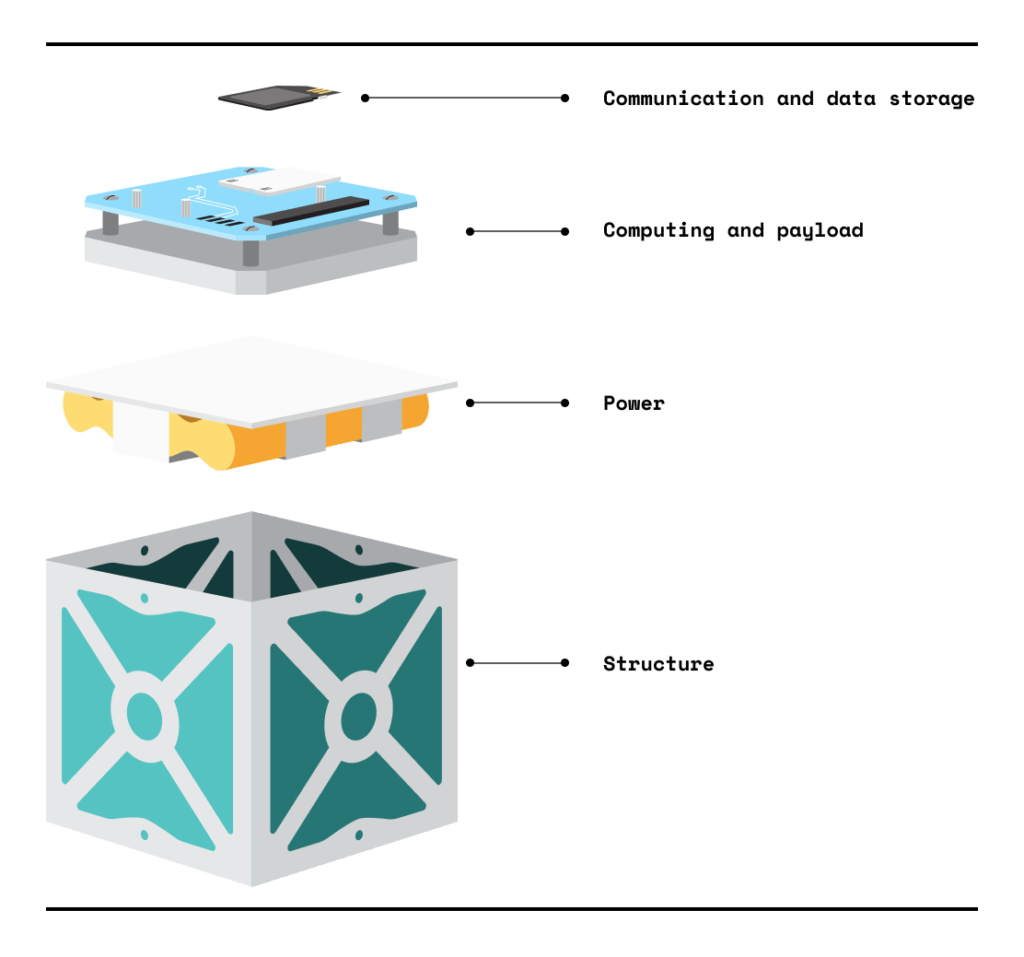Small yet mighty: CubeSats are transforming the future of space discovery — and education
From the Hubble Space Telescope to the International Space Station, space exploration is often driven by gargantuan machinery that allows us to look into the deep recesses of the universe around us. But just like small smartphones can increasingly do the work of larger computers, scientists are increasingly turning to CubeSats — cube satellites the size of a grapefruit — to support vital space missions.
Compared with larger satellites, CubeSats have a lighter weight and lower price tag. That makes them an accessible option for researchers, students, and companies carrying out a wide range of missions. These factors also allow CubeSats to hitch a ride on larger launches — making trips to space faster and cheaper.

Scientists are using CubeSats to look out at space — searching for water ice on the dark side of the moon, hunting for extrasolar planets that might be habitable, and exploring deep space. And they’re also looking back at Earth — examining natural disasters like Hurricane Dorian and assisting farmers in preventing crop damage and increasing yield.
You may have heard about some of these missions, but you may not know that CubeSat creators Jordi Puig-Suari and Bob Twiggs originally designed them as learning tools for graduate students. Since then, students of all ages — from elementary school to post-graduate courses — have successfully launched CubeSats. CubeSat prototypes and balloon launches help students build key career skills, experiment with new academic concepts, and prepare for future space launches. Students are already using CubeSats for a range of missions, from monitoring reforestation after wildfires in the Great Smoky Mountains to communicating with other classrooms in space. A number of government-led programs, including NASA’s CubeSat Launch Initiative, ESA’s Fly Your Satellite, and the Canadian Space Agency’s CubeSat Project, are supporting student discovery.
Since their invention in 1999 and first space launch in 2003, more than 1,000 CubeSats have launched into orbit. Growing use of CubeSats is helping expand scientific research. Whether you’re a first-time CubeSat builder or experienced NASA scientist, today’s CubeSats offer exciting opportunities to explore the frontiers of space, as well as study issues on Earth, such as the impact of COVID-19 on population density or land usage.
Participate in CTE Mission: CubeSat
Explore the resource hub to learn more about designing and building your own CubeSat prototype. Schools interested in entering CTE Mission: CubeSat should form a team and submit a mission proposal by 5:59 p.m. ET on October 16 — no in-person collaboration or prior experience with CubeSats is required. To learn more, schools can join a virtual information session on September 1.
To stay connected with the challenge, subscribe to the newsletter and follow Ed Prizes on Twitter.

